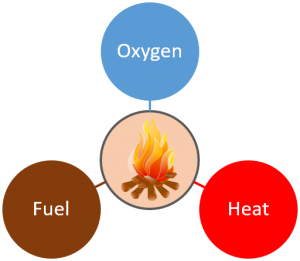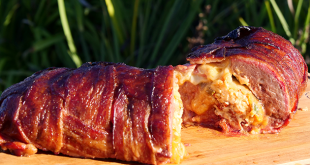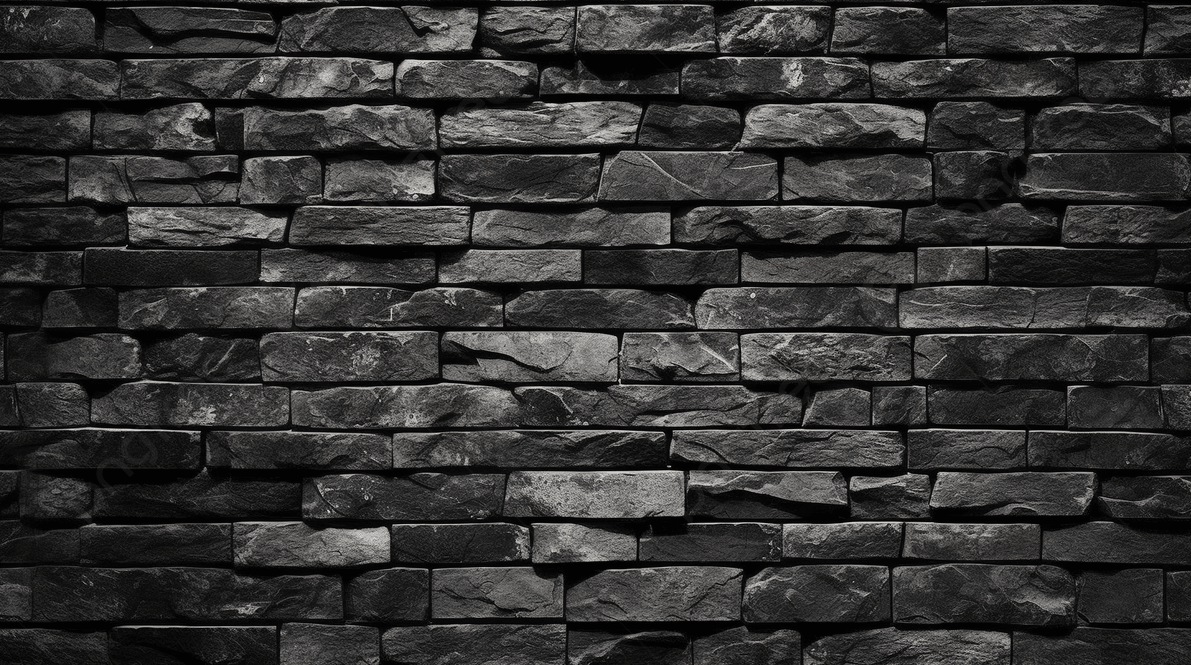Welcome to Barbecue Blog #1 – I am hoping this blog will become a place for readers to come and find some helpful tips, read some straight to the point no bullshit reviews on products and provide you with enough food-porn to keep you coming back for more. But before we get down to business I thought I’d take the opportunity to introduce myself. I’m Kial, foodie, self-confessed nerd, biker, gamer but most importantly resident Barbecue enthusiast/expert for The Empire NZ. I started my journey into low n’ slow smoky meat candy as most of us do, by cooking food in the backyard on a nice hot summer day and getting hooked. That hobby quickly turned to obsession, striving for better, tastier, mouth-watering food and now here we are.
Ok, enough about me, let’s get down to business. We all have to start somewhere and I guess there may be no better place then talking about the importance of having a good fire as my first bit of wisdom for you guys. Something our very distant caveman ancestors managed to work out and changed everything we know about the world as it is today. As a result of this knowledge being passed down from generation to generation through grunts and raised eyebrows (or possibly singed brows), not much has changed and there isn’t anything quite as rewarding as biting into that perfectly cooked piece of meat having painstakingly tended over a cooker full of hot coals for most of the day.
For me, this was a bit of a personal challenge that took a few attempts (okay, I’m gonna level with you…it took a little more than just a few attempts) just to get this aspect of cooking great barbecue right. But if you stick it out and pay attention to the basics then you will be producing some amazing food in no time.
In my naivety, at first, I thought “how hard can this be?” just bang the hot stuff into the firebox, open the vents up and let the cooker come up to temperature, let it do its thing for a few hours after slapping on some tasty looking meat and then eat….In reality, 7-8 hours later (for a 6-hour cook) some “edible” but in no-way near-perfect ribs were the result. While I didn’t go hungry that night, I knew I could improve on this first attempt.
After reading and researching where I may have gone wrong, I realised that my inconsistent temperature throughout the cook was a big contributor to the extended cook time. I quickly learned that the 3 main components to a good fire are super important throughout the entire length of your cook. Fire is the result of 3 main components coming together by applying heat to a fuel source and providing enough oxygen to feed that fire to maintain temperature. I could go into great detail here but this isn’t a science blog so here are some simple breakdowns:
-
- Airflow (oxygen)
 Oxygen supports the chemical processes that occur during a fire. When fuel burns, it reacts with oxygen from the surrounding air, releasing heat and generating combustion products (gases, smoke, embers, etc.).
Oxygen supports the chemical processes that occur during a fire. When fuel burns, it reacts with oxygen from the surrounding air, releasing heat and generating combustion products (gases, smoke, embers, etc.). - Heat A heat source is responsible for the initial ignition of the fire and is also needed to maintain the fire and enable it to spread or stay alight.
- Fuel Fuel is any kind of combustible material, this could be wood, briquettes or lawn chair, you get the idea…
- Airflow (oxygen)
Seems simple enough right? Once I was able to find the right fuel that worked for me – a mix of lump-wood charcoal and briquettes topped off with wood splits, I was able to hold and maintain a consistent temperature throughout the length of my cook, thus producing a much better and more importantly, edible result!
I have read a lot about snake or minion methods which are used to regulate temperature and prolong the cooking time without constantly having to add more fuel to the fire once the smoking process has finished. This method sounds fantastic and is a great method to use but I cook on an offset smoker or stick burner, If you have looked into this method yourself, you will know that it is a technique used by those of us who like to use a kettle or egg smoker instead. However, don’t be disgruntled or put off by this, with some patience and some well-placed briquettes you can also achieve this in an offset firebox as well.
Now that we have heat and fuel covered off let’s talk about airflow. Airflow is relatively simple to talk about and is controlled by the use of your vents at either end of the smoker. One is the intake vents and one is the exhaust vent which could be a chimney or just the vent on the lid of your kettle or egg. As mentioned above, without the right airflow, the fire will starve of oxygen and die out.
My Method:
I do this by building a snake around the outside of my firebox, placing my briquettes next to one another so they are all touching (double these up side by side if needed for more heat), fire up a chimney of coals and once they are ashed over, add to the firebox placing them at the start of your snake. Bring the smoker up to temperature and while doing so, I always place my wood splits either on the top of the firebox or inside it near the coals but not touching, so the warmth can warm the wood up as well. The reason for this is because you want the wood to combust into flames as soon as it is added to the fire, this will give you a clean burn without the thick white smoke – thin blue smoke = good, thick white smoke = bad (we will talk about this in another blog). Once you are happy with your temperature and have it dialled in, it is time to start cooking! Place that lovely prepared meat into the smoker, add your wood split to the fire (remembering to add another wood split to the top of the firebox to warm up) and roll on the smoke. The only thing left to do is grab a beer and sit back and relax.
This is what works for me and by making small tweaks here and there after each cook I have done, I now have confident cooks each time. I feel that my fire management has come a long way from my first cook but by no stretch of the imagination have I finished learning or mastering the craft. Each cook is different and many factors come into it but get out there and have a go yourself, don’t let yourself get hung up on the big things that people talk about when cooking barbecue, focus on getting the simple aspects right and the other parts will fall into place over time.
Kial – Fupa’s Barbecue
View this post on Instagram
Latest posts by Kial Muir (see all)
- The Perfect Steak - March 26, 2021
- BBQ Whole Snapper - February 19, 2021
- Pulled Pork (Boston Butt) - January 25, 2021
- Cooking and Internal Temperature Cheat Sheet - November 26, 2020
 THE EMPIRE
THE EMPIRE







